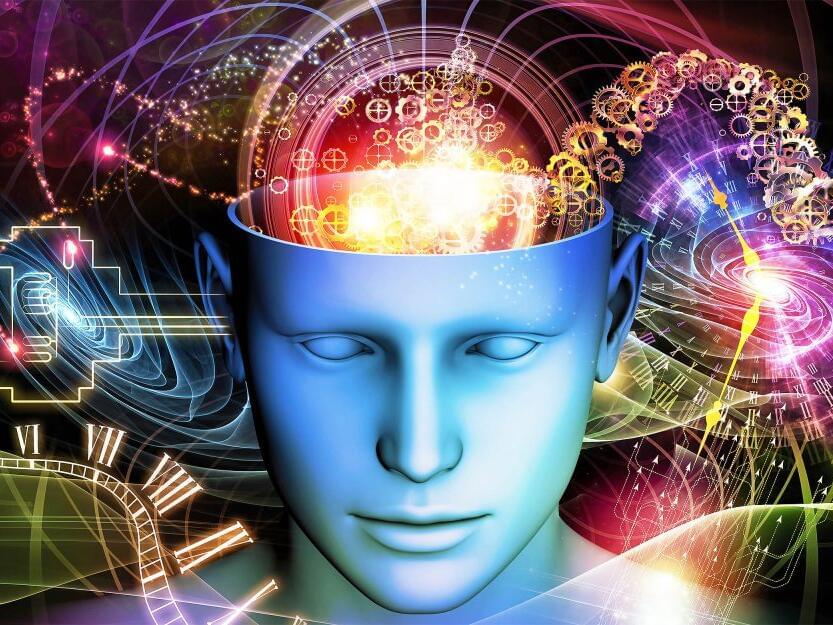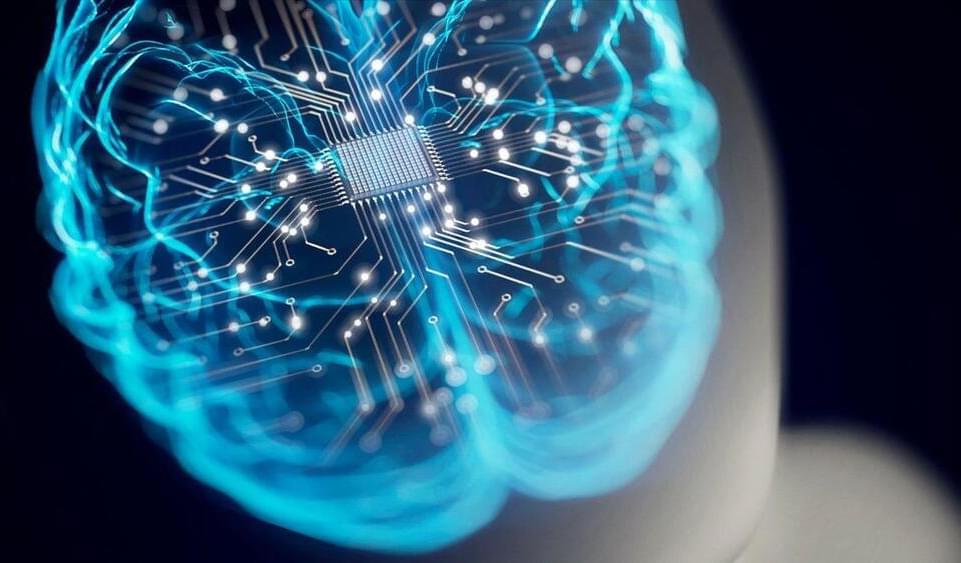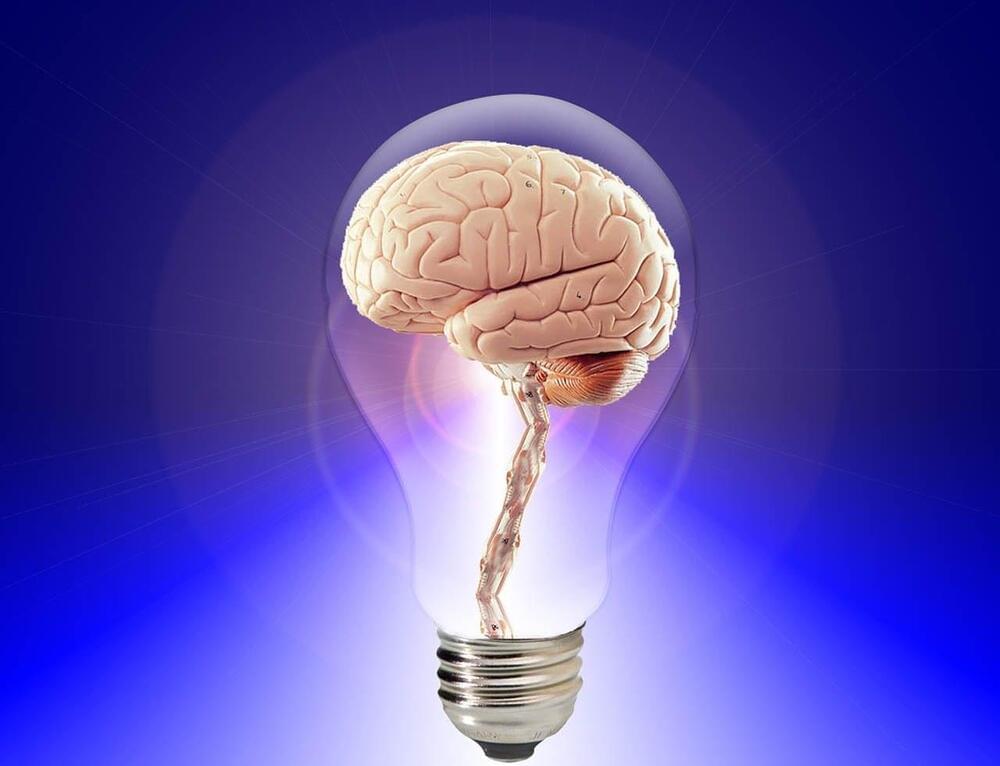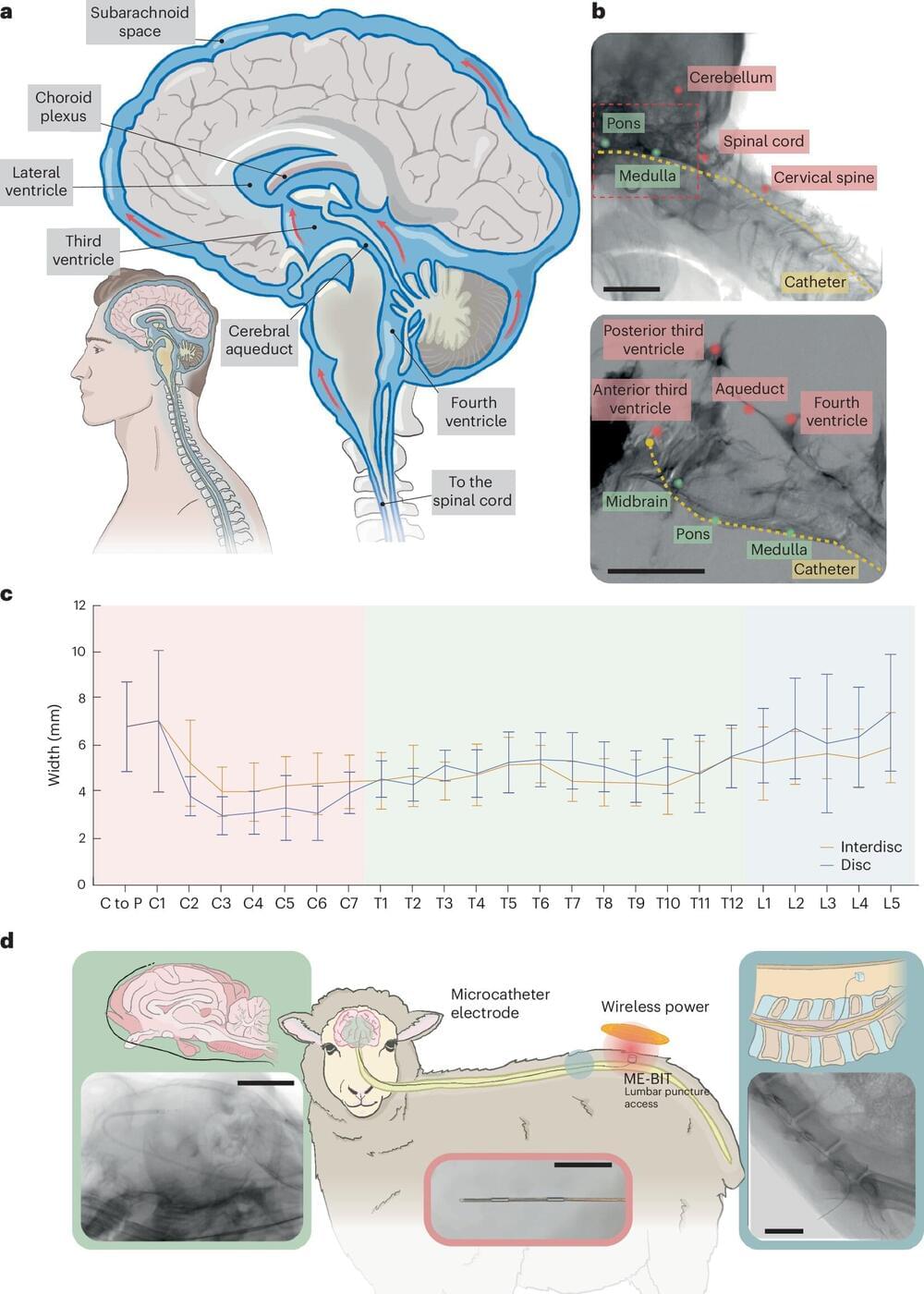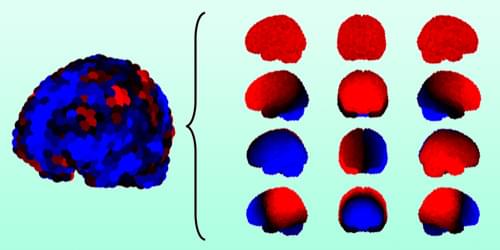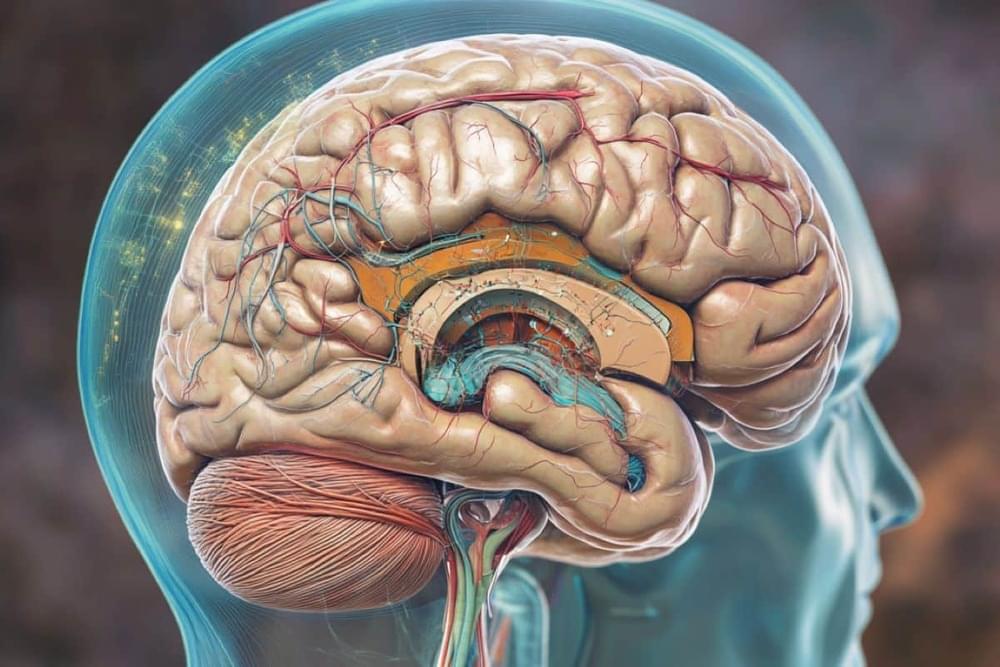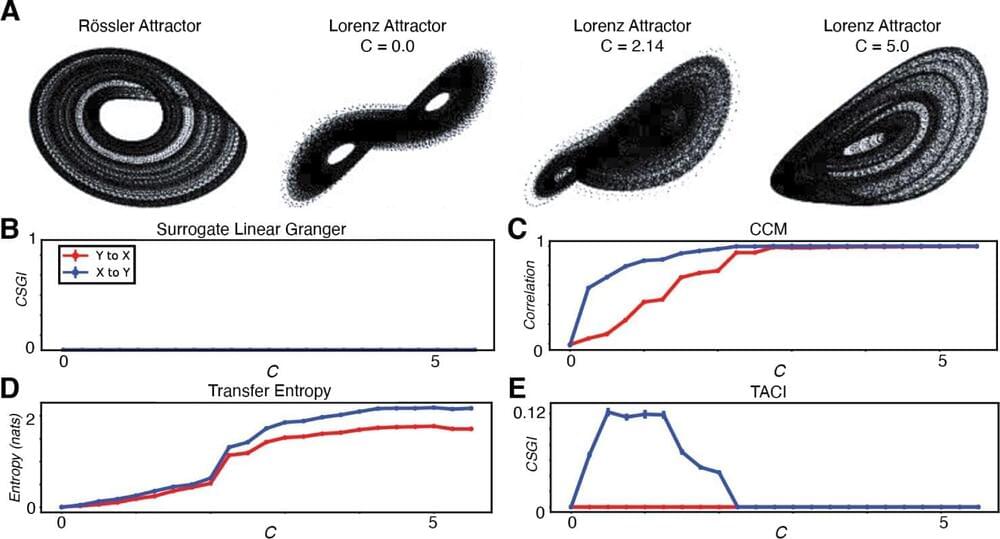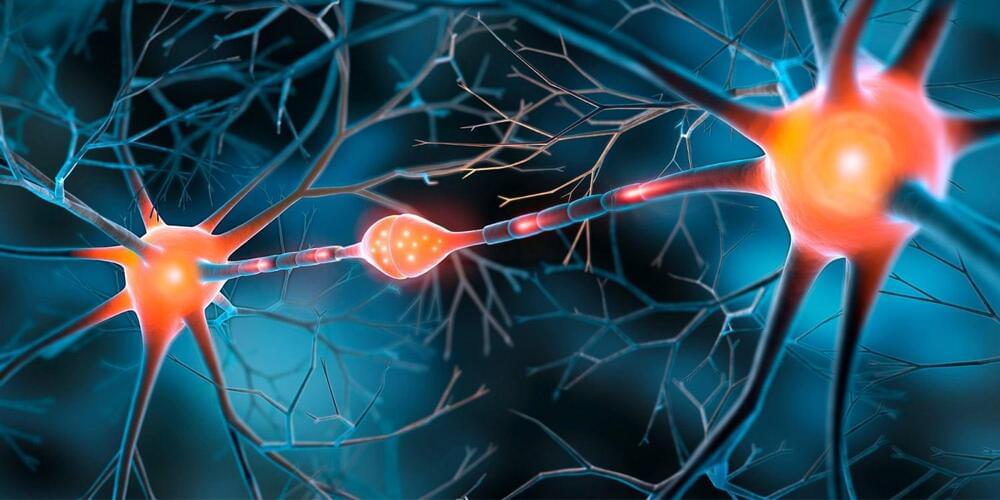Nov 14, 2024
Consciousness may stem from unseen dimensions beyond our reality
Posted by Arthur Brown in category: neuroscience
Consciousness has long intrigued thinkers, from ancient philosophers to contemporary neuroscientists. It is a complex phenomenon we encounter daily, yet we often find it difficult to fully define or comprehend.
This elusive aspect of our existence encompasses our thoughts, emotions, perceptions, and self-awareness.
Despite significant advancements in fields like cognitive science and psychology, the true nature of consciousness remains one of humanity’s most profound mysteries.
